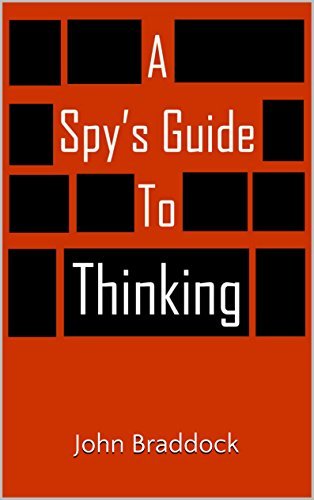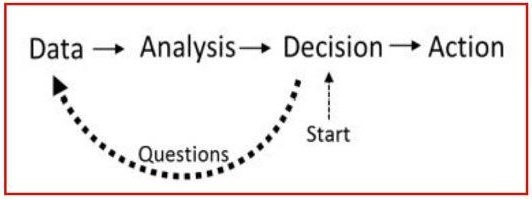What do you think?
Rate this book


51 pages, Kindle Edition
First published May 31, 2015
If thinking doesn't end with action, it's useless. Taking action is why we thinking and without it, thinking is useless.
Good analysis is the combination of old and new data which in turn leads to a good decision.
The scientific method says: Develop a hypothesis, test it and observe the results. With results in hand, decide whether your hypothesis was correct.
The intelligence agency is told an issue, the options and questions regarding the issue. Based on those, the analysts come up with what they call "requirements" which are questions again.

Intelligence agencies start with the decision. Like scientists start with hypothesis. That's how we know what we're looking for.
When involved in a zero-sum game, winning isn't just about being good at conflict. In fact, being good at conflict isn't the best way to win. The best way to win a zero-sum game is to be good at positive-sum games.
Good thinking means good decisions, good actions, good results, hopefully, but not always. We live in a fog of uncertainty. Good thinking removes some of the fog, Never all of it.